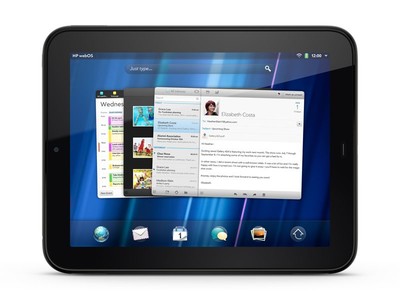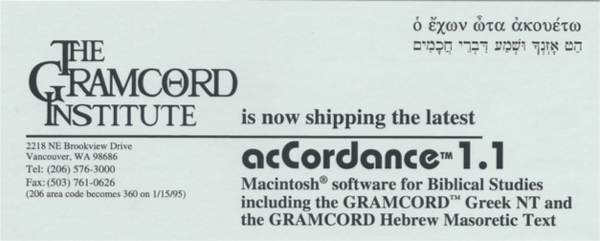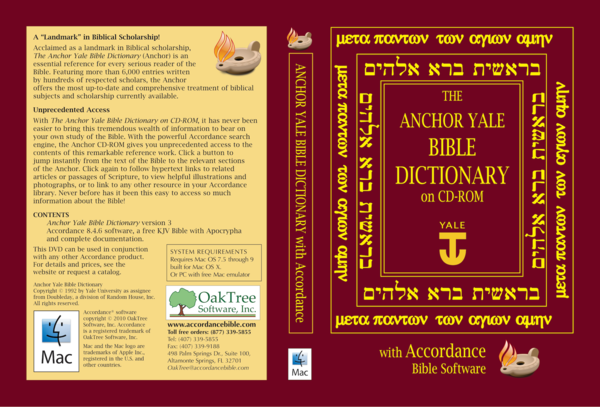
In this series of posts, I’m considering 25 reasons I think we’ve managed to defy the odds. In previous posts, I covered 5 motivational reasons for our continued success, 6 reasons related to our development philosophy, and 5 aspects of our approach to software design. In this post, I’ll cover five business strategies which have contributed to Accordance’s longevity.
Business Strategies
17. We Established Key Partnerships. In one sense, every publisher whose books we license for use with Accordance is a key partnership contributing to Accordance’s success. Still, in the larger panoply of partnerships, there are a few key relationships which have played an outsize role in establishing Accordance as an industry leader.
The GRAMCORD Institute. This strategic partnership goes back to the very beginning of Accordance. The GRAMCORD Institute (TGI) was a pioneer in the development of a Greek New Testament which was “tagged” with grammatical information, enabling mainframe and DOS PC users to perform sophisticated searches for various grammatical constructions. Unfortunately, TGI offered no Mac interface for searching their tagged Greek New Testament. Since it is one of the few events in Accordance’s history which was before my time, I’m sketchy on the details of how our partnership with GRAMCORD was formed, but basically, we agreed to develop a Mac Bible program (Accordance) that would search the GRAMCORD Greek New Testament (and eventually other tagged Greek and Hebrew texts). GRAMCORD would provide the grammatically-tagged texts, along with other Bibles which TGI had licensed from various publishers, and would—in the beginning at least—be Accordance’s main distributor.
This partnership benefitted TGI by giving it a Mac product to sell without having to develop the program itself. It benefitted Accordance by giving us credibility with publishers and a ready market among academic users.
Doubleday. Several years ago I wrote a blog post about our efforts to license Anchor Bible Dictionary, at that time published by Doubleday. We actually developed a prototype module “on spec” before we signed a contract. That, of course, was risky because we were investing in the development of a product we might not ultimately be able to sell. Furthermore, since Anchor had a wide variety of hypertext links, images, tables, transliteration, etc., we had to do programming to support all those features. In the end, Doubleday was impressed with our work and ultimately licensed Anchor to us. This was a major coup for a fledgling company, and our relationship with Doubleday soon opened doors to licensing agreements with other publishers. What’s more, the programming we did to support Anchor enabled us to support a wide variety of other modules.
18. We Invested in Scholarly Projects. When you establish a reputation for developing Bible software capable of high-level scholarly research, you end up with top scholars and institutions coming to you for help with some of their own projects. That’s how many of the cool features and databases available in Accordance got started. Very early on, we were approached by Dr. Martin Abegg about publishing a tagged version of the Dead Sea Scrolls! Other tagged original language texts followed, developed in cooperation with other renowned scholars. Then came powerful databases, such as Emmanuel Tov’s MT/LXX Parallel, which compares how the Greek Septuagint translates the Hebrew Bible, and the Textual Apparatus of the Greek New Testament by the Center for New Testament Textual Criticism. Many of these texts and databases were eventually made available to other Bible software programs, but it was Accordance which worked directly with the scholars to develop them.
Our investment in these projects had a number of important benefits. First, we helped make these cutting edge texts and databases available not only to scholars, but also to a much wider audience. The challenges posed by these projects also drove us to create powerful new features of benefit to any Accordance user. Finally, our participation often made possible applications which the scholars hadn’t originally envisioned, thereby opening up new possibilities for research.
19. We Avoided Trading Control for Cash. Over the years, we’ve had various people and companies offer to invest in Accordance, but we have politely declined their offers. While we could certainly have benefitted from an infusion of cash at times, we’ve seen far too many Bible software developers lose their way as they began making decisions aimed at pleasing their investors rather than their end users. At Accordance, the investment made by you, our users, is the only one we care about.

21. We Created Our Own Resources. Some of Accordance’s best-selling and most useful resources are the ones we created ourselves. Products like the interactive Bible Atlas and Timeline, along with resources like the PhotoGuide, PhotoMuseum, and Picture the NT are all the product of our own research and development. That has meant a big up front investment, but it has resulted in products that we can tailor to the needs of our users in ways we simply can’t do with licensed materials.
Those are 5 business strategies which have enabled Accordance to keep going strong after 25 years. In my next post, we’ll look at 4 reasons you, our users, have helped make Accordance successful.



